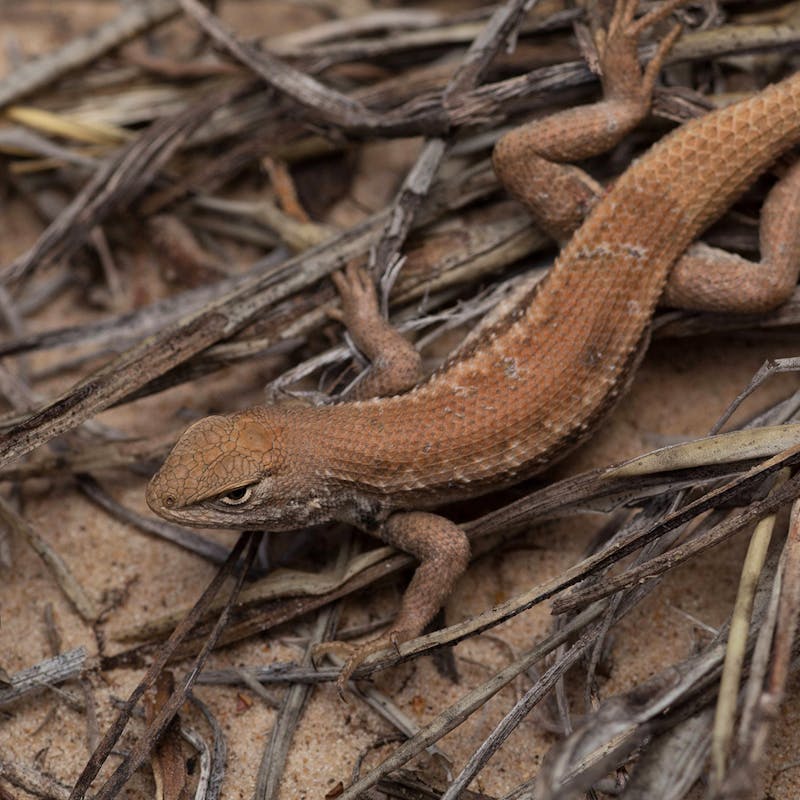The rugged beauty and curiously colorful history of California Desert wildlands is solidly etched into the spectacularly chiseled terrain and stunning vistas encountered at Red Rock Canyon State Park in the western Mojave Desert. That’s saying something, as these wildlands are situated in one of the most diverse deserts in the entire world topographically, vegetatively and in the number of supported endemic wildlife species.
Historically, Red Rock Canyon was home to the Kawaisu Indian Tribe and their ancestors, who left behind petroglyphs, pictographs and signs of everyday life in the nearby El Paso Mountains. For thousands of years the Canyon served as a vital route segment allowing for trade with the Chumash Indians of the Coast and with the Mojave Tribe of the Colorado River. In the early 1870s, it also became a natural landmark and resting stop for the 20-mule-team freight wagons early pioneers used in making their way across the desert.
I first learned of Red Rock Canyon after stumbling upon a dusty copy of Mr. William L. Manly’s “Death Valley in ‘49” in my Grandparents’ attic. While published in 1894, this autobiography was first written in 1851 - reportedly from diary entries which recounted the Bennett and Arcan families’ 1849 footsore escape through the Panamint Mountains in the northern Mojave Desert, from an area named by pioneer Sarah Ann Bennett while leaving, as in: “Goodbye Death Valley.”
The place name took, as evidenced by the later designation of Death Valley National Park. My own fascination also took hold with the life-saving oasis the group thankfully fell upon in their further westward travel: Red Rock Canyon.
Today the 25,324-acre+ park, first designated as a State Recreational Area in 1973 and reclassified as a State Park in 1980, is managed by the California Department of Parks and Recreation (State Parks Department). It protects a desert refuge of wildlands for wildlife and Californians alike. Our state reptile - the threatened Agassiz’s desert tortoise - calls the Park home, as does the threatened Mohave ground squirrel, and other wildlife dependent upon rare desert water and riparian habitat. Numerous bird-of-prey, or raptor species nest on the Park’s secluded canyon cliffs.
California’s Red Rock Canyon State Park is a hauntingly beautiful badlands landscape. However, these parklands are easily scarred, and it is surrounded by public lands managed for intensive motorized recreation use by both the United States Bureau of Land Management (BLM)’s Ridgecrest Field Office and the State Parks Department.
Just this year, the BLM expanded intensive and recreational touring vehicle use on public lands in the western Mojave Desert lands and are proposing an even greater expansion in their 2019 WEMO Route Network Project, which is currently being finalized. This fragile landscape, with its patchwork of roaded and un-roaded areas, is increasingly complex for the BLM to manage. The BLM’s management of this area over the decades has essentially “rock-crawled” over the recovery needs of imperiled wildlife. Additionally, the Onyx Ranch Eastern Kern County State Vehicle Recreation Area is right next door to Red Rock Canyon State Park. Onyx Ranch is the second largest state vehicle recreation area and was acquired in part with taxpayer funds (2013-14). It offers more than 26,000 acres of “scenic and challenging terrain” for “all-terrain vehicles (ATVs), motorcycles, recreational off-highway vehicles (ROVs) and 4X4 vehicles…"
In addition to OHV use, renewable energy development is another intensive land use on regional public lands and is addressed by the 2016 Desert Renewable Energy Conservation Plan (DRECP). A similar emphasis on energy development has been adopted for many interspersed private lands, which are being addressed by an ongoing Kern County General Plan Update.
With so much happening regionally, the Park’s 1982 management plan is sorely overdue for an update. This is particularly true since the park plan was completed prior to the listing of several wildlife species as threatened under state and federal Endangered Species Acts. Further, 25 years after the federal government donated thousands of acres of public land to State Parks as part of the historic California Desert Conservation Act, Americans want to make sure that these lands are well managed.
The Red Rock Canyon State Park Management Plan Revision effort now underway hopes to establish “a long-range vision, goals and guidelines for park management” which will provide “direction of future recreation opportunities, resource management, visitor facilities, park improvements, services, and programs.”
As part of State Parks’ planning process, there is no need to re-open canyons like Nightmare Gulch or streambeds long closed to vehicle access for raptor nest site protection. Nor to allow highly damaging vehicle rock crawling impacts on donated public lands in the Last Chance Canyon locale to “maximize” vehicle access at the expense of all other values and uses. There are currently 12 intensive off-road vehicle play areas managed by the BLM or the State in the California Desert, along with thousands of miles of available touring routes on public lands.
The known adverse impacts of vehicle use upon natural resources and cultural values, as well as specific impacts to Agassiz’s desert tortoise recovery, must be incorporated into holistic, long-term wildlife and habitat conservation for the Park. Accordingly, State Parks should allow only limited, respectful off-highway vehicle touring within the Park and ensure that their updated management plan is focused on ensuring Red Rock Canyon remains a vital part of California’s wildlife and wildland legacy.
Please do what you can to help save our park by taking action!















